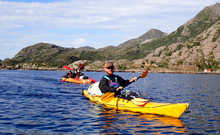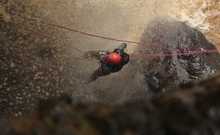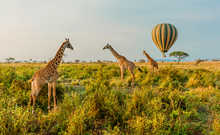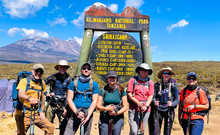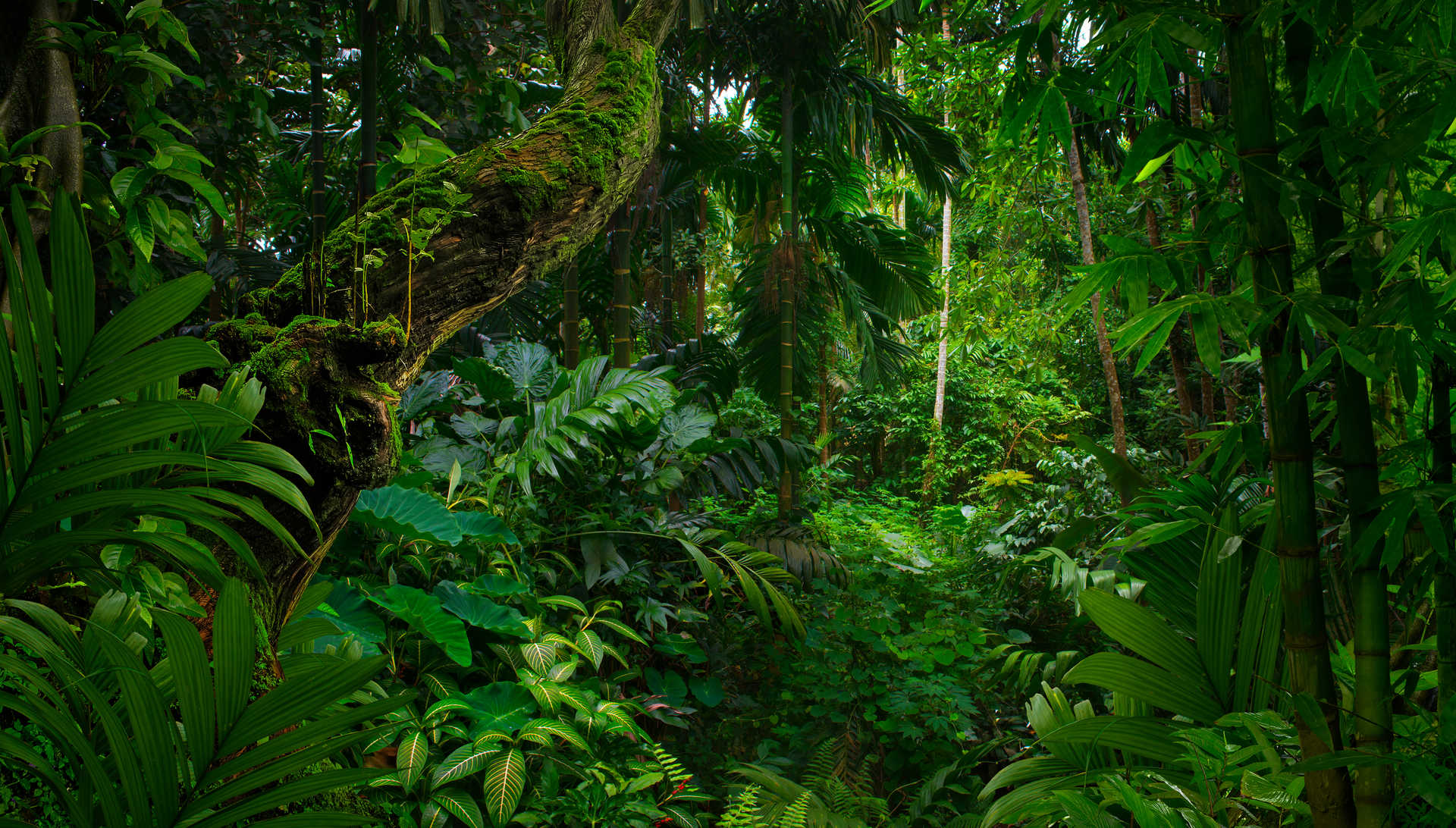
The importance of wilderness
In a world where urban development is often seen as a sign of progression as we try to make room for a population that is increasing incrementally, areas of wilderness are becoming few and far between. And yet, the benefits of wild areas are second to none. It is in the beauty of nature that everything has a purpose, ecosystems thrive together to create biodiverse, enriched landscapes.

Rewilding previously over-farmed or brown field sites provides homes for wildlife, often driven out of their natural environments by urbanisation. The coverage of fauna giving them shelter and yielding food sources that grasslands are unable to provide. It helps to restore a variety of species, boosting numbers and encouraging a healthier food chain, which improves the livelihoods of all life contributing to the chain. By increasing the root systems in the ground, and encouraging natural defence systems such as beaver dams to flood wetlands and mangroves to protect against land erosion, we are producing sustainable solutions to our rapidly changing climate. Rewilded areas are able to absorb and hold water better than impermeable materials such as concrete, mitigating against the likelihood of forest fires and floods.
Plants also hold carbon in their leaves, and store this until the plant dies, so an increase in plant life, means a greater reduction of C02 into the atmosphere. As well as absorbing C02 and converting it to oxygen, plants shelter the ground from the harsh effects of the sun, providing shade during summer and insulating against the cold during the winter.
But it isn't just the physical benefits of rewilding that benefit our world, increasing the natural spaces that surround us has a significant social and economic impact on the local area.
The social impact of rewilding landscapes
It is becoming more and more well known, that by providing green space which can be accessed in a sustainable manner, this can have a huge impact on the health and wellbeing of the people who use it.
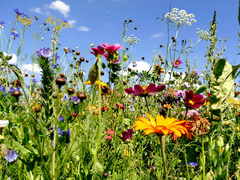
The mental benefits of being able to spend time in nature, away from the chaos of modern day life, breathing in fresh air and exercising in a natural environment are scientifically proven to be massively beneficial. Activities such as forest bathing, wild swimming and walking in green areas, are all recommended by healthcare professionals as activities that promote healthy mindfulness and help people deal with the everyday pressures and stresses of their work/life balance. All we need now are more accessible wild spaces in which to do these activities.
The economic benefits of rewilding
To access these benefits, wild spaces need to be protected and cared for, ensuring that they can continue to be wild. Access infrastructures such as boardwalks, marked paths and reservations are all great ways to allow people to engage in the environment without having negative impacts on it. However, all these infrastructures need caretakers to ensure they are used appropriately and are well maintained. Involving local communities in the rewilding process, helps to foster a sense of pride in the areas they inhabit, encouraging them to become caretakers for these areas, ensuring they are protected and their infrastructures are continuously maintained. This involvement can bring communities together in being a voice for the environments they have created.
With strong infrastructures in place, wild spaces then become a great way to attract tourists to an area, bringing in money to rural communities than often experience slow economic development due to their remote locations. This influx of money can be vital to the people who live in these areas and as well as improving their lives it allows for rewilded areas to grow as more money can be invested into the projects being undertaken.
Kandoo Forest
Wild Kandoo was initiated with the Kandoo Forest - a project to develop a plot of ex-agricultural land and transform it into a wild forest full of native species on the outskirts of Paro in Bhutan.
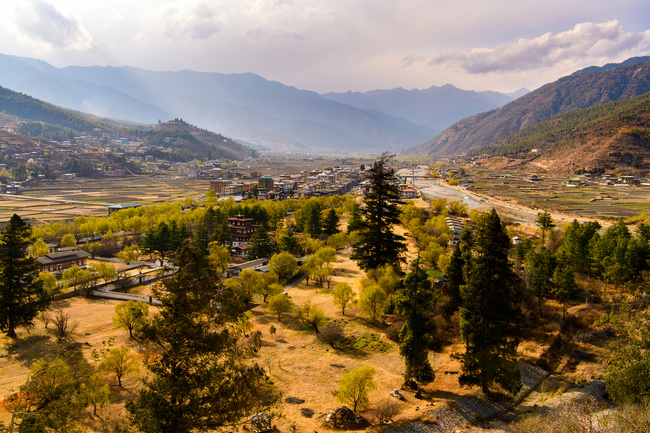
How did the Kandoo Forest begin?
As one of the larger cities in Bhutan, Paro Valley has a relatively high population in comparison to the rest of Bhutan, and higher numbers of people requires greater demand for food and accommodation. This demand has caused the valley to become 'humanised' to produce enough sustenance for the population who need it. The negative impact of this is that the valley has almost entirely been stripped of it's wild landscape to make room for agriculture. The Bhutanese Government recognise the need for environmental change and are actively encouraging the creation of conservation and rewilding projects to increase wilderness development. Tandin, our manager in Bhutan, posed the suggestion of creating a Kandoo Forest on a plot of land on the outskirts of Paro. The idea is to rewild this plot of land, providing a green space for the local community and wildlife. This idea developed into a plan, and after acquiring a plot of land from the Bhutanese government, Tandin began to put the plan into action.
Where is the Kandoo Forest?
The Kandoo Forest is located on the edge of Paro, to the North East of the main city centre in the Paro Valley. It is situated in the tributary valley to the north of Sanga Chhoekor, which has a great viewpoint that looks over Paro and the surrounding mountains. To view the location of the forest on Google Earth follow this link.
How will our guests be involved?
Our Kandoo team in Bhutan are taking the lead on this venture. They are collecting together volunteers from the local community and using the money we provide to buy sapling trees, planting equipment and protective structures to rewild this overworked plot of old agricultural land into a wildlife oasis. Guests who visit Bhutan will visit the plot on their day in Paro and join the venture by helping to plant their own tree to add to the forest. The forest will be funded through our Bhutanese sales; so for every participant that goes to Bhutan, $10 will go towards the Kandoo Forest project.




